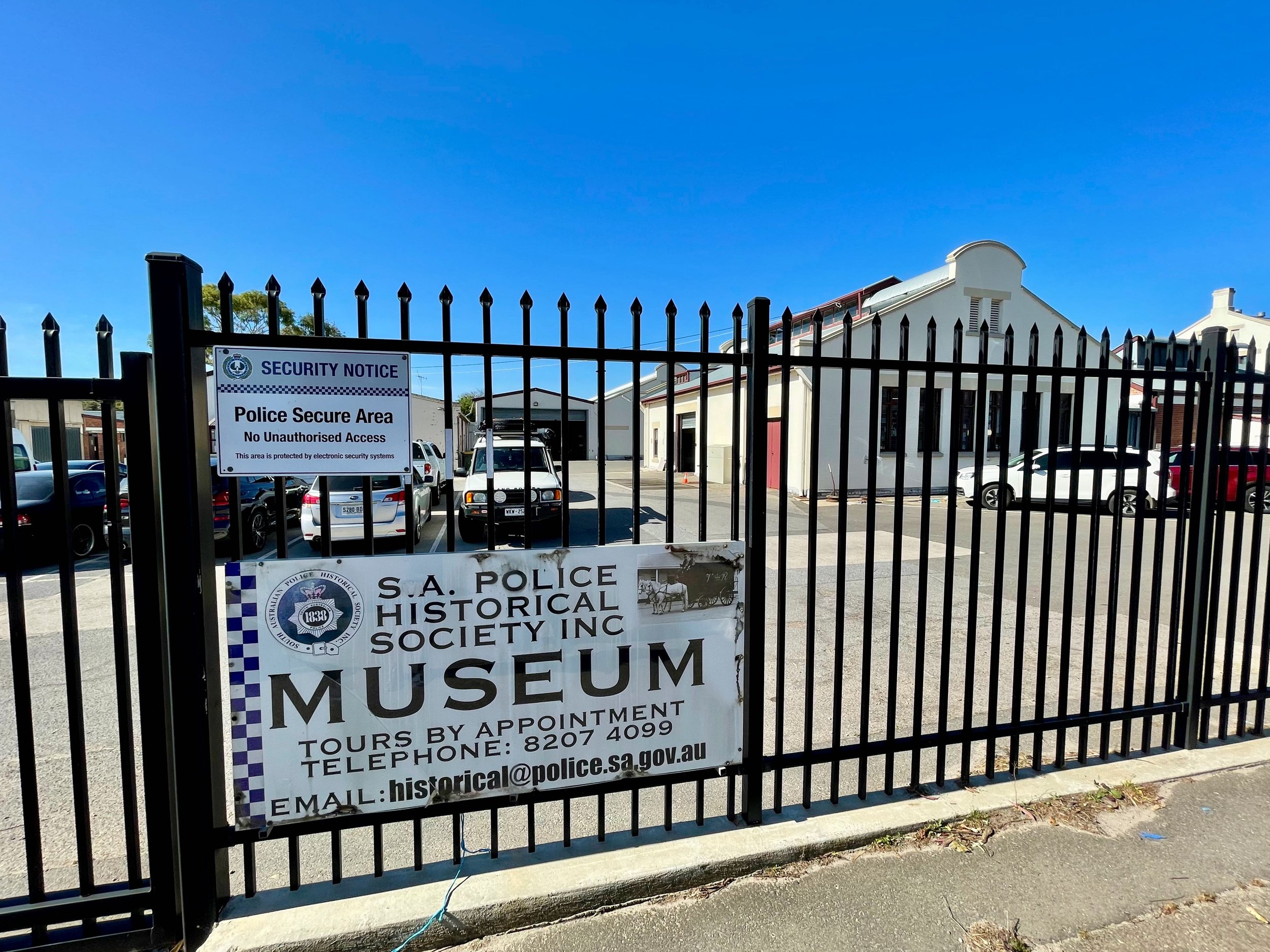The impending destruction of State Heritage-listed police barracks and Kate Cocks Park in Park 27 of your Adelaide Park Lands - to make way for a new Women’s and Children’s Hospital and eight-storey car park - has incensed our contributing cultural historian, Dr Noris Ioannou.
Here Dr Ioannou gives his view on the Government’s decision to choose this Park Lands site for new infrastructure.
**********
The Genii Loci of your Park Lands
a personal view by Dr Noris Ioannou
The soon-to-be-demolished police barracks (or police horses’ site, or SAPOL Mounted Operations?) is nothing short of a government betrayal to the people of South Australia.
Indeed, I would go further to describe it as a form of cultural genocide. Is this too harsh a description? Not at all. Consider the following.
What exactly is there, at present, and what will be the result, following the building of a new Women’s and Children’s Hospital on this site? Quite simply, it will be the destruction of a unique place – a cultural locality found nowhere in Australia, or indeed, worldwide.
Police horses currently housed among old olive trees in Park 27. Photo: James Elsby.
The combination of the 12 or so barracks heritage-listed buildings, dating from 1917, together with a large grove of 150-year-old olive trees, their proximity to the Old Adelaide Goal and its associated heritage buildings, all located alongside the River Torrens, evoke a vibrant sense of place.
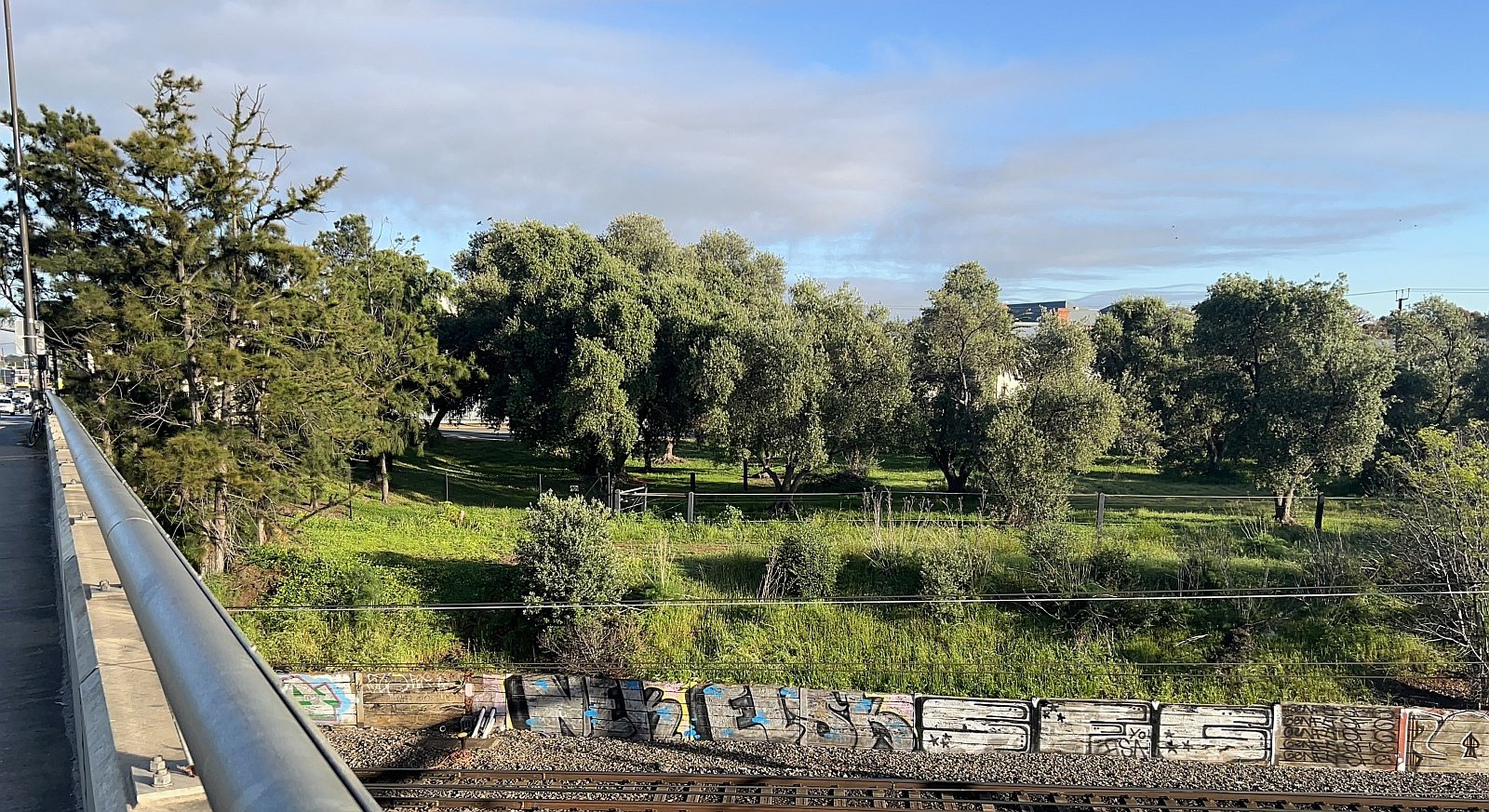
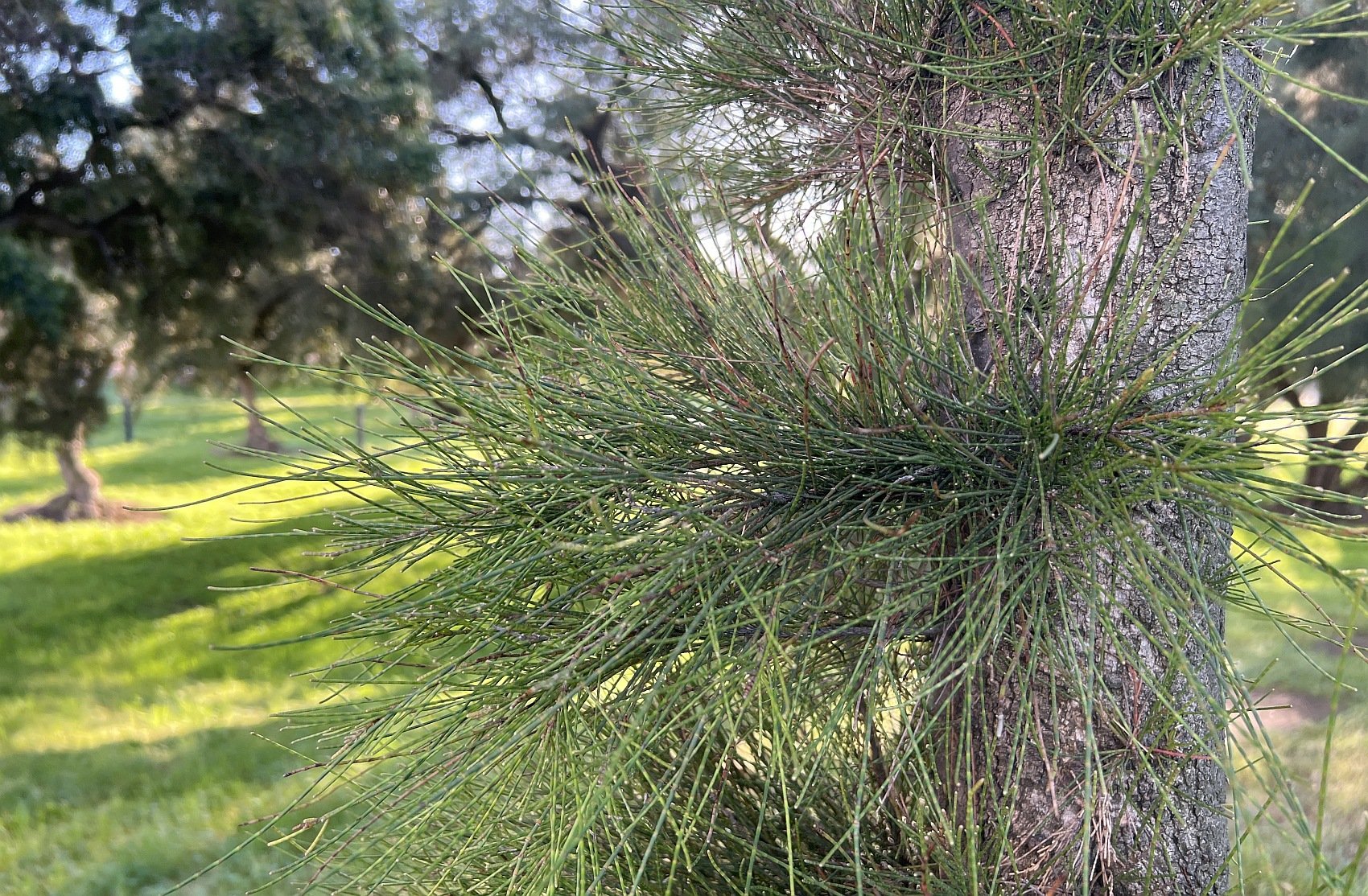
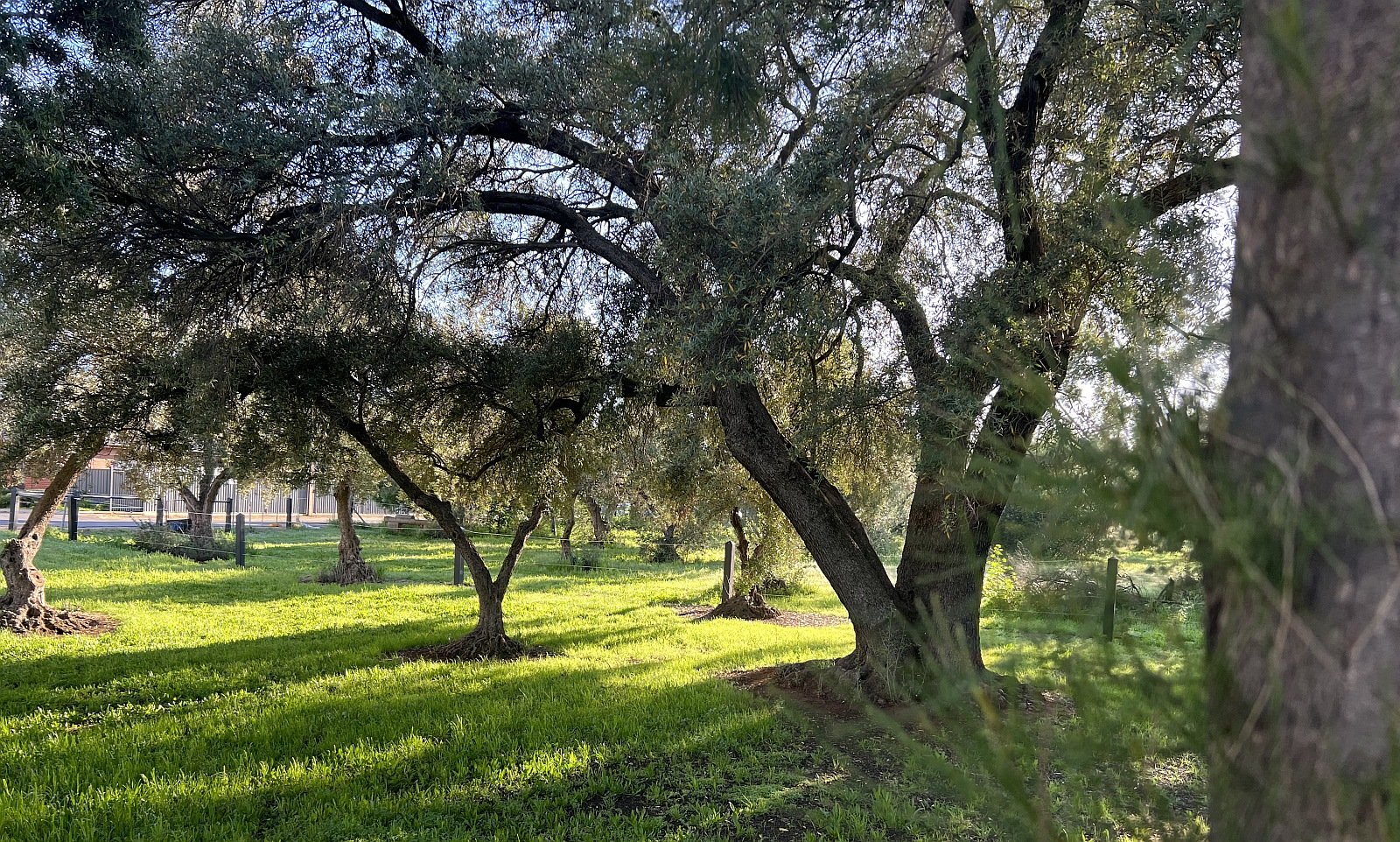
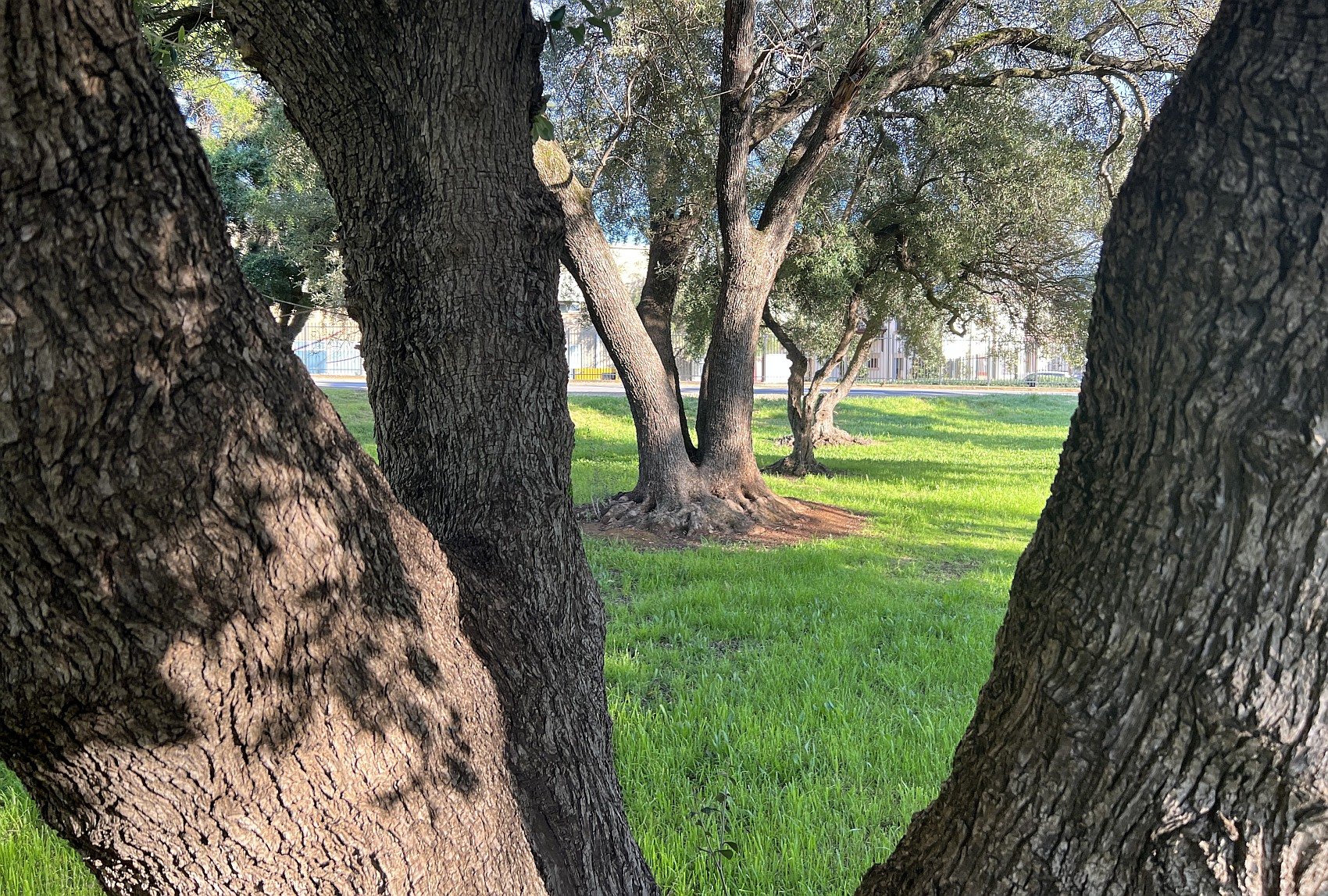
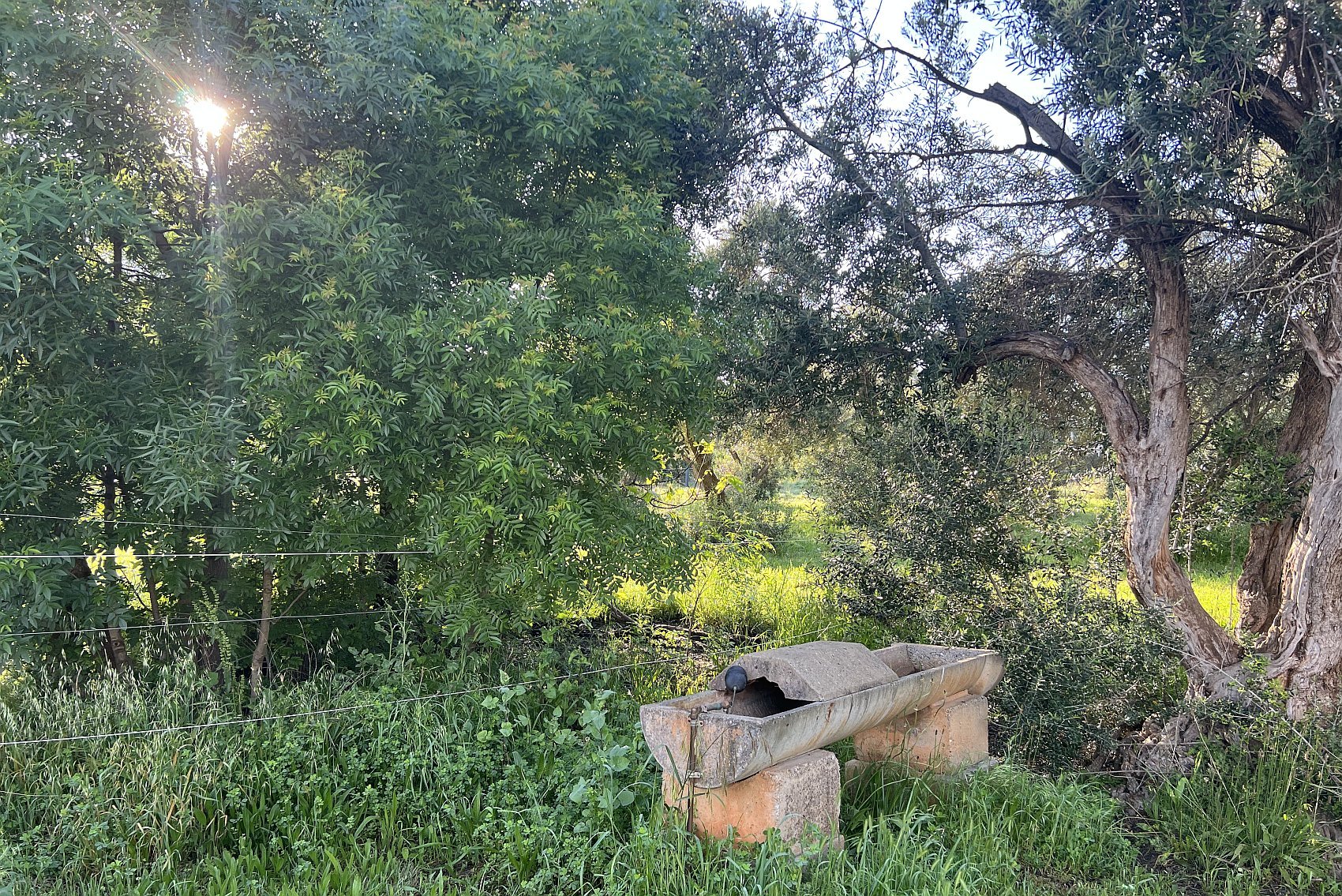
It is a unique place in Bonython Park / Tulya Wardli (Park 27) that came to be through specific historical effects over the course of some 187 years, from settlement in 1836 to the present.
In particular, this place embodies a significant part the processes and story of the establishment of what is the first police force in Australasia, also the third oldest in the world.
The current home of the SA mounted police in Park 27, which is set to be bulldozed. Photo: James Elsby.
Yet, tragically, although a unique place that cogently tells stories of South Australia’s making, its cultural value has been ignored by the government, and soon it will be gone – and with it, the stories of this place will be diminished, to survive only in memories and books.
For your Park Lands, this also means a diminishment of the ‘sense of place’ of that particular locality.
We often envisage your Park Lands as a living, green belt of trees and grass, encircling the square-mile city – a grid of streets, and blocks of tall buildings of masonry, brick, concrete and glass.
But focus the lens from this wide perspective and look closely at the mosaic of localities making up this marvellous green belt, encompassing the city.
There are also other genius loci (or ‘protective spirits’) that make up the natural, historical and cultural complexity of your Park Lands.
The Old Adelaide Gaol in Park 27. Photo: James Elsby.
Think of the East Park Lands, their irregular geometry, and the prominence of its groves of gnarled, venerable olive trees, which add an extraordinary character to this locality. Not to mention adjoining areas with massive river red gums of even greater age, with multicoloured trunks of considerable girth supporting their spreading canopies.
Or think of the zoological gardens, snug along that bend of the River Torrens on one side, and the glorious arboreal Botanic Park (both part of Park 11) on the other.
The old olive trees in King Rodney Park / Ityamai-itpina (Park 15) – in the eastern Park Lands. Photo: James Elsby.
Consider the rose and other flower beds, sinuous waterway, and stone grottoes and fountains along the grass-mounded Veale Gardens (Park 21). Then there are the re-wilded locales about your Park Lands where long-gone, endemic native plants are being re-established.
These and other sites of your Park Lands all have their own vibes or ambiance, their own natural visual appeal, replete with memories and rich in stories of their making and growth – all inextricably blended.
What are some of your favourite spots where a sense of place is evoked?
Flowers and waterways in Veale Gardens (Park 21). Photo: James Elsby.
‘Sense of place’ results from the accumulation and preservation of material, culture elements within the natural landscapes of your Park Lands – they have become cultural landscapes.
Their features allow us to not only ‘read' the landscape to unravel its stories, but also to re-experience, to a degree, what past individuals experienced during the realisation and development of these natural sites.
Hence, a ‘sense of place’ is to be cherished, treasured, venerated even – for our genii loci are the embodiment of what is so quintessentially your Adelaide Park Lands.
I will revisit this theme of ‘sense of place’ in subsequent articles.
***
About the author
Dr Noris Ioannou is a cultural historian whose writing has focused on material folk culture and the decorative arts and crafts, particularly the way migrant traditions, place and innovation have shaped Australia’s identity and heritage. His eight books include Ceramics in South Australia 1836-1986: from folk to studio pottery (Wakefield Press 1986); Australian Studio Glass: The Movement, its Makers and Their Art; and The Barossa Folk: Germanic Furniture and Craft Traditions in Australia, as well as the cultural travel book, Barossa Journeys: Into A Valley of Tradition (Wakefield Press 1986), now in its third edition. His latest cultural history, Vernacular Visions a Folklife History of Australia: art, diversity, story-telling, was published by Wakefield Press in 2021.



